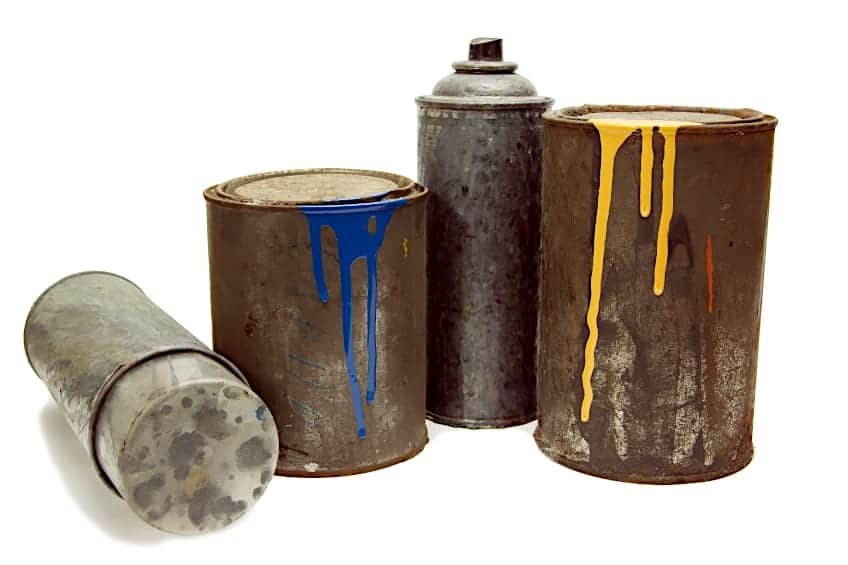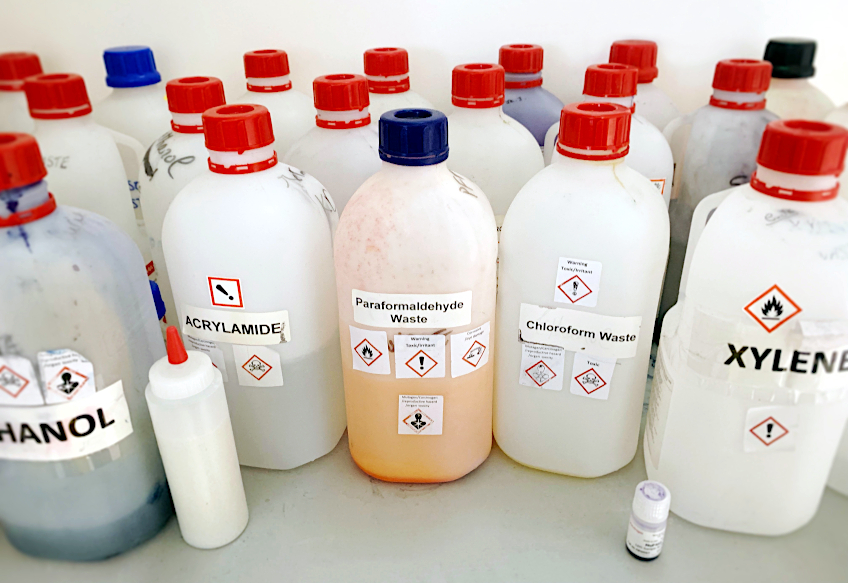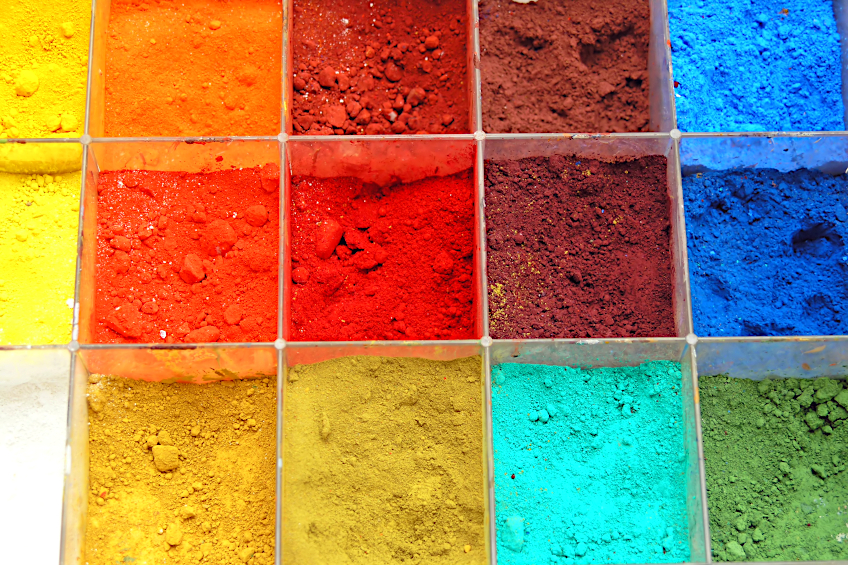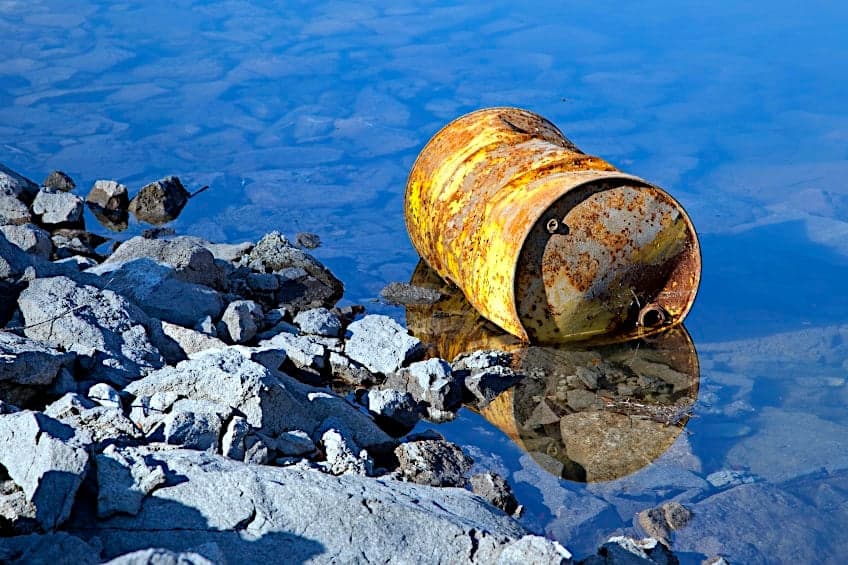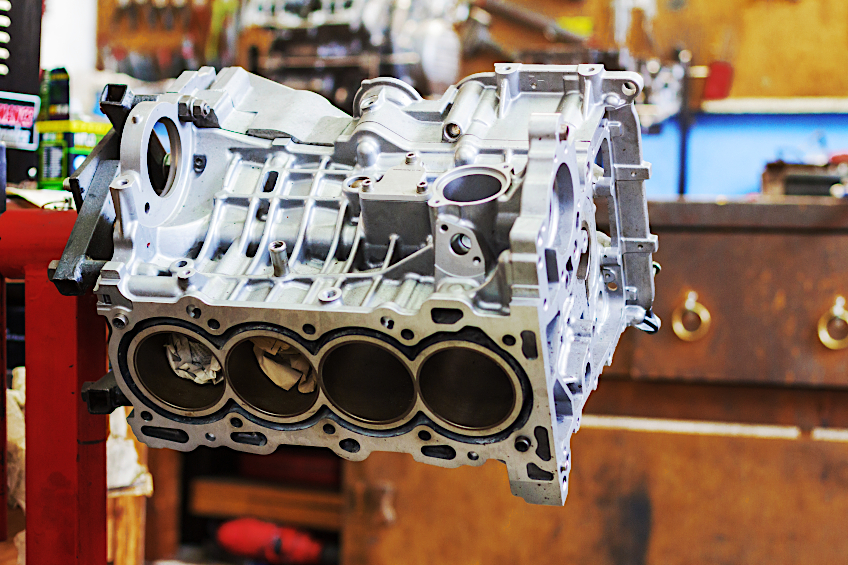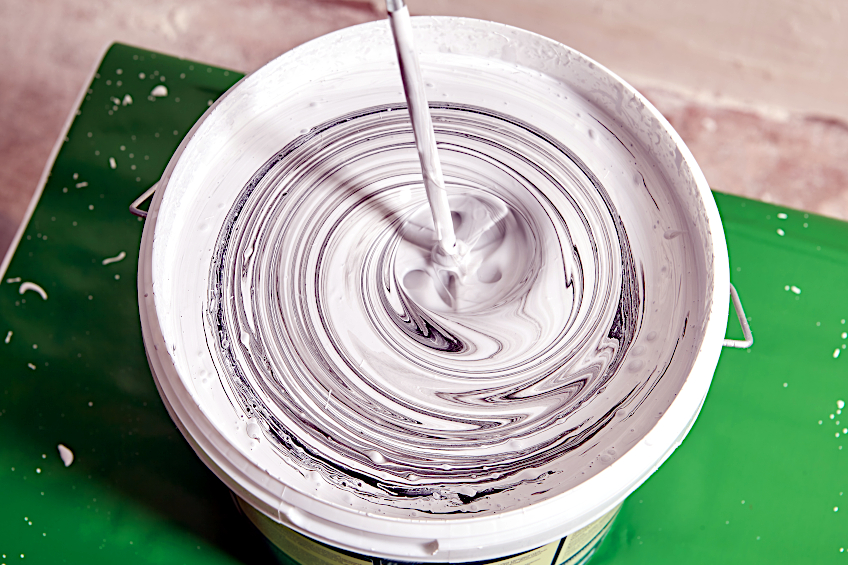How to Dispose of Old Paint – Safest Paint Discarding Methods
This post may contain affiliate links. We may earn a small commission from purchases made through them, at no additional cost to you. You help to support resin-expert.com
These days, more and more people are getting into DIY crafts. Whether it be home renovation, resin crafting, wood crafting, or simply making craft jewelry, there are loads of creative outlets for everyone to try out. More often than not, these endeavors require the use of paint, but when you’re done using it, what happens to all of the leftover paint? If you don’t intend on using the paint you’ve stored in the future, you might be thinking about tossing it out, but how do you go about disposing of paint? There are a few ways you can go about this, so let’s have a look at how to dispose of old paint, where you can do it, and what the disposal methods are for different types of paint.
Table of Contents
How to Dispose of Old Paint
Wondering how to dispose of old paint? Well, it’s not quite as simple as simply tossing your old paint cans in the garbage can and waiting for them to be collected. Paints contain loads of VOCs (volatile organic compounds) and other synthetic compounds that could cause serious harm to the environment and anyone handling them if they are exposed incorrectly. This being said, let’s have a look at the best way to dispose of each paint type and why each method is necessary for proper disposal.
How to Dispose of Oil-Based Paint
Oil-based paints are one of the oldest paint types on the face of the planet. They have been used for hundreds of years to paint virtually every surface imaginable. They are extremely durable, and they provide a vibrant sheen finish to any workpiece, but the quality and robust nature of oil-based paints come with their drawbacks.
Oil-based paint tends to contain loads of VOCs that aren’t only harmful to the environment but can cause considerable discomfort if they are inhaled or if they were to come into contact with sensitive skin. It’s for this reason that oil-based paints need to be disposed of correctly, and definitely not just tossed in the trash on garbage day.
How do you dispose of oil-based paint? Oil-based paint disposal can be tricky. The best way to dispose of oil-based paint is via a household hazardous waste disposal program. There are usually sites in your state or county that handle the disposal of household chemicals that could cause potential harm if disposed of via conventional means.
Keep in mind that if disposed of incorrectly, they can leak into the earth and cause groundwater contamination. These paints tend to become slightly corrosive over time, and even though this is only towards certain materials it’s not a good idea to take that chance and dispose of it yourself. Out of all of the commonly used paint types, oil-based paint disposal should be paid the most attention to due to the potential hazard it could cause.
How to Dispose of Acrylic-Based Paint
Acrylic paint is sort of the modern equivalent of oil-based paint. It can be used to paint pretty much anything you can think of including brick, mortar, plastic, glass, and even vinyl! Acrylic paint has a high degree of elasticity, and even though most acrylic paints don’t have the same luster as oil-based ones, they do have a flat semi-sheen look at works wonders for a wide variety of applications.
What makes acrylic paint so unique among the other paint types is its composition.
Acrylic paint consists of pigment that has been suspended in an acrylic polymer, all of which are mixed together with binders and solvents to ensure the correct consistency. This being said, all of these synthetic materials make acrylic paints less than friendly for the environment.
How do you dispose of acrylic-based paint you ask? Well, there’s more than one way to go about it. The first way you can go about disposing of acrylic paint is to dry the paint out and allow it to solidify. Acrylic paints solidify once all of the solvents have evaporated, causing the solid elements in its makeup to sink to the bottom of the can and stay there.
Once the paint has solidified completely, remnants can be safely disposed of safely via conventional refuse disposal. This process can be accelerated by adding things like wood chips or cat litter to the paint while it dries in order to soak up any excess moisture. If you don’t have the time to wait for your acrylic paint to dry out, there is another way you can dispose of it.
Much in the same way you can use household hazardous waste disposal programs to get rid of oil-based paints, you can use them to get rid of acrylic paints as well. This is a lot less time-consuming as you don’t have to ensure that the paints have been dried up before turning them in, and in some instances, you might be eligible for your old paint to be collected at your residence.
How to Dispose of Latex/Water-Based Paint
Wondering how to dispose of water-based paint? Latex-based paints might sound toxic but in reality, they are actually one of the safest paint types on the market. Latex-based paints are also known as water-based paints, even though they consist of a lot more than just water. Latex-based paints consist of binder, pigment, extender, and thinner, all of which are mixed together to form a paint with a thin consistency.
We mentioned previously that latex-based paints are one of the safest paints to use both indoors and outdoors. They are also quite good for the environment because they contain little to no VOCs, but this doesn’t mean that you should just throw your leftover paint down the drain or on the ground. It could end up contaminating your water supply and/or eroding the soil.
What is the best way to dispose of latex-based paint then? Well, the method is similar to that one you would use to dispose of acrylic paint. Divide the left-over paint up into smaller containers so they’re easier to manage. Next, fill the small container with sawdust, wood shavings, sand, or kitty litter. This should absorb not only the paint but any solvents present in its composition as well.
Set these little containers outside and allow the substance you have selected to dry up the paint with the assistance of the sun and fresh air. Once you are sure that all of the paint has been absorbed, all that you need to do is package the small containers into a refuse bag and dispose of it as you would with anything else.
How to Dispose of Enamel-Based Paint
Now that you know how to dispose of water-based paint, oil-based paint, and acrylic-based paint, we thought we’d tackle a slightly more obscure paint. Enamel paint is one of the most hard-wearing paints out there, even more so than oil and acrylic-based paints.
It has a heat resistance and elasticity that is only even remotely rivaled by acrylic paint.
Enamel paint is most commonly used in applications where a metal workpiece will be exposed to constant directed heat. A coat of enamel paint is capable of dissipating said heat while preventing the metal workpiece from expanding and warping upon cooling down. It is for this reason that you can often find automotive engines coated with this paint type.
Enamel paint is capable of these feats thanks to its composition which consists of oil, white lead, petroleum spirits, and various types of resin. It’s pretty safe to say that all of the aforementioned aren’t great for the environment, and as a result, they should be disposed of as safely as possible, regardless of how little paint you have left over.
Enamel paint contains a lot of resin and certain types of lead, which means that if the heavier elements are solidified the paint can be disposed of but not simply by throwing the left-over bits in the trash once they solidify. As you did with the acrylic and oil-based paints you can leave the paint outdoors until the lighter elements evaporate.
Once only the heavier dry particles are left over, can you take them to your local household hazardous waste disposal site (or have it collected if they offer this service). This being said, you always have the option of just keeping your left-over paint around until you need it but considering how specific the applications for enamel-based paints are this is unlikely.
Where Can I Dispose of Old Paint?
You might be asking yourself “where can I dispose of old paint?”, and if you are, there are a few options to consider. The first option that most people overlook when confronted with unwanted paint is that it can simply be stored. Modern paint types have an exceptionally long shelf life, especially oil, acrylic, and enamel-based paints.
Most paints can be restored by adding a bit of their primary component to them and giving them a good stir. In most instances, they’ll work just as well as they did when they were initially purchased if not better. Just be sure that you mix the paint thoroughly and test them before use.
The easiest means of disposing of your old paint (especially if they contain VOCs) is to take them to your local household hazardous waste disposal program. In some instances, there might not be a dedicated body for hazardous waste disposal, in which case your local municipal waste disposal body could have faculties dedicated to this purpose.
If you live in a remote area where hazardous waste disposal could be challenging, you have the option of either simply storing the paint, or you could use store it temporarily and calling a hazardous waste disposal unit to come and collect your old paint. The latter could be expensive or take a really long time to happen depending on where you live, but it’s arguably better than potentially contaminating your soil and/or groundwater.
All of that being said, old paint disposal isn’t something that we tend to think about often, but it’s a good idea to know what your options are should you ever find yourself in need of a means to do so. Familiarizing yourself with how different types of paints can be disposed of as well as companies in your area that offer hazardous waste disposal services can save you loads of time and frustration.
Alternative Methods of Paint Disposal
While storing your paint and sending it to a hazardous waste disposal unit are great options, you might not be able to either depending on available space and where you live. This is why we’ve prepared a few alternatives for you should you find yourself needing to get rid of some old paint in the future.
Donate Your Old Paint
There are loads of people out there who would take your leftover paint with open arms. Whether it be a local school with an underfunded art program or a community center that needs a new paint job, there are people and organizations out there that would likely greatly appreciate your old paint and/or old paint cans.
If you’re unsure of where to donate your paint and don’t have the time to ask around town or online, then why not consider donating it to a local religious center? Various churches, mosques, synagogues, and other religious centers are involved in outreach and charity work with underprivileged communities. They’ll likely know exactly where it is needed and put it to use quickly.
Recycle Your Old Paint
Another great option for old paint disposal is to recycle it. If you happen to have a hardware store in town that has the facilities to buy back and recycle your old paint, then why not take advantage of this program and get rid of your old paint while putting some extra money in your pocket? This could work especially well if you have high-end paints that you no longer have any use for.
Usually, old paint can be salvaged and mixed into existing paint to save money, or if it’s a really special color it can be copied and used with other paint types. Either way, both you and the store win, and the disposal method is completely sustainable! Call your local hardware to find out if they offer these services.
Now that you know how to get rid of different types of paint, why different types of paint require different disposal methods, and some alternatives to conventional disposal methods for paint, it’s time for you to get out there and put your newfound knowledge to the test. Remember that most paints contain VOCs and should be both managed and disposed of with care.
Frequently Asked Questions
Can You Throw Paint Cans Away?
Most empty paint cans can simply be thrown away or placed in metal recycling bins. However, if the can still have paint inside of it you will need to follow the appropriate disposal methods for the type of paint, you’re trying to get rid of. Can you throw paint cans away then? Absolutely! Just be sure that they are clean and aren’t recyclable metals.
How Do You Get Rid of Old Paint?
Wondering how to dispose of old paint? In most instances, the best way to dispose of old paint is to take it to a household hazardous waste disposal site. If this isn’t an option, allow the paint to dry out completely and follow the appropriate steps for disposal of that paint type.
Is Old Paint Toxic?
Technically, the most commonly used paint types are toxic to a degree. This being said, you should always wear the appropriate personal protective gear and work carefully when working with and/or disposing of old paint regardless of the paint type.


